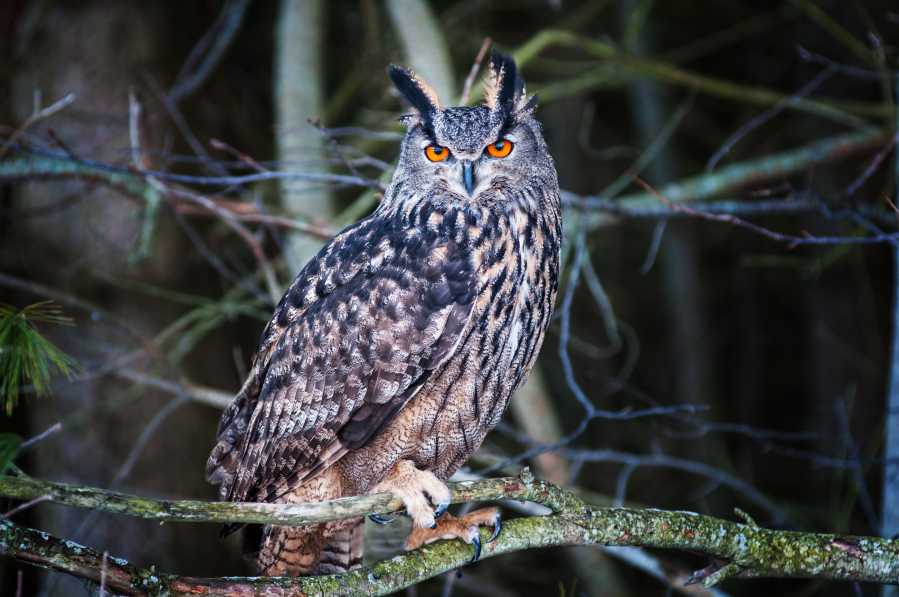Many years ago, in the blackness of nighttime in the country, I saw an apparition. It was a large, white-winged specter hovering by the hedgerow some 6 feet in the air.
Naturally, I took it to be an angel and went on my way. The episode haunted me for years, even after I had come to the conclusion that it may not have been an actual angel, but a barn owl. We think of barn owls as having light-brown plumage, but their bodies and underwings are as white as their heart-shaped faces. In flight they are angelic, though a rodent may have another perspective.
This is the not-unpleasant paradox of the owl. It is a bird of prey — a natural-born killer — and yet is the cuddliest of our raptors. This has to do with the way owls are put together. Unlike, say, a hawk, which has an exposed beak and eyes on either side of a relatively small head, the owl is all face. Its eyes point forward, like ours, the facial disks around them magnify the head, and the feathery tufts suggest ears even if they’re not. The eyes are disproportionately large and seem to be all knowing. This is why we anthropomorphize owls.
“We imagine that their faces reveal their thoughts or mood,” said Marianne Taylor, a natural history writer. “Some appear kindly and wise, others stern, angry, surprised or even haunted. The calls of owls also catch our imagination. Because most of them call at night, when there is little other competing noise, we hear them clearly and often find their voices startling or chilling.”



